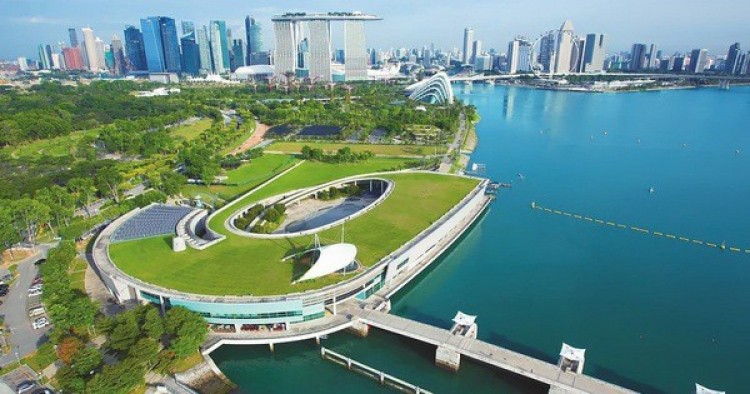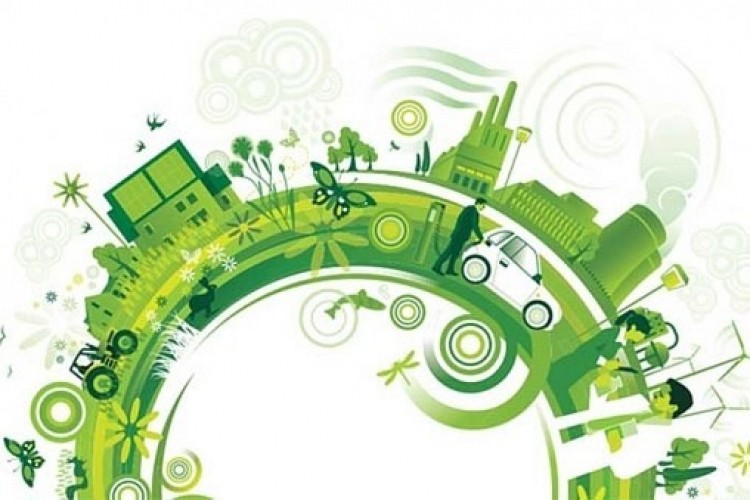
Vietnam and ASEAN to develop the circular economy
Latest
 |
| Singapore is implementing circular economy by various initiatives, such as including developing comprehensive recycling programs for construction, food, packaging and electronics waste, etc. (Photo: PUB) |
Initiatives in some ASEAN countries
Preliminary statistics show that up to now, more than 30 countries and territories have been and are expected to build roadmaps to implement circular economy under different name such as the 2nd Circular Economy Action Plan of the European Union (EU) issued for the second time, accompanied by a monitoring framework and indicators of circular economy to provide general direction for whole group.
In 2021, ASEAN Standing Committee issued the Circular Economy Framework for the ASEAN Economic Community. The Framework sets out a long-term vision of circular economy based on existing initiatives and identifies priority focuses for action, accelerating the process of realizing a circular economy within the ASEAN bloc.
Some ASEAN countries commit to transfer to circular economy, supported by national initiatives in some member countries.
For example, Indonesia set the goal to reduce 70% of sea wastes by 2025 and 29% of greenhouse gas emissions by 2030. This country issued various policies to support the implementation of circular economy, including regulations related to national policies and strategies on the management of household waste and similar types of waste.
Singapore set the overall plan to become the zero wastes nation in 2030. The country implemented the circular economy through various initiatives, such as including developing comprehensive recycling programs for construction, food, packaging and electronics waste, etc.
Malaysia implements the circular economy by building system of standards to assess the level circular transition and building a network of related stakeholders.
Meanwhile Vietnam sets the target of reducing the amount of waste sent to landfills by 50% by 2030. The country has successfully implemented a circular economy through various initiatives, including the campaign of raising public awareness and understanding of the circular economy.
The S-shaped country also has a comprehensive plastic recycle program to limit the amount of plastic waste entering the ocean, and developing technology to recycle agricultural waste such as plant and animal waste. Since 2019, Vietnam has successfully reduced the amount of plastic waste entering the ocean by 20%.
Vietnam’s private sector as the pioneer
Since 2020, the concept of circular economy has been specifically regulated by the Vietnamese Government in the Law on Environmental Protection 2020.
According to the Decree 08/2022/NĐ-CP, the Ministry of Natural Resources and Environment was assigned to preside over and coordinate with ministries, ministerial-level agencies, and Provincial People's Committees to develop and collect comments to complete the draft of National Action Plan to implement circular economy by 2030 and submit to the Prime Minister to promulgate this Plan before December 31, 2023.
Vietnam is the first country in ASEAN to incorporate circular economy into Law on Environmental Protection and its guiding documents.
According to experts, the circular economy can improve the efficiency of using resources, thereby reducing production costs and increasing competitiveness. This could create new jobs in the fields of recycling, repairing and sustainable design, while helping to protect the environment by reducing greenhouse gas emissions, pollution and waste.
Many new models of manufacturing and doing business closer to the circular economy in the private sector are being implemented quite successfully, creating many production and business opportunities; improving the capacity competition for the economy. For example, the eco-industrial park models in Ninh Binh province, Can Tho city and Da Nang city... helps save millions of USD each year.
Currently, Vietnam has formed a package recycling alliance. The foreign direct investment (FDI) business sector is quite active in promoting the circular economy through plans to recycle waste and by-products with modern and advanced waste treatment processes, and all are controlled transparently.
In the construction industry, initiatives to increase the use of recycled, unburnt building materials... helps evaluate the life cycle of buildings and promote the development of secondary markets for construction materials, promoting innovation in resource use and effectively solving material-intensive problems…
 |
| The Circular economy can improve the resource use efficiency, thereby reducing production costs and increasing competitiveness. (Photo: Getty) |
Solutions to develop the circular economy
However, experts assess that in Vietnam, production and business models following the indicators of the circular economy are not popular, because the majority of businesses are still operating in comply with the logic of the linear economy, with the goals focus on short-term value creation, while circular economy is a long-term value creation model.
In addition, the legal and infrastructure conditions for circular economy development are lacking and have many inadequacies, making it difficult to deploy new business models. Circular economy requires from the beginning a production and development strategy that uses products for as long as possible and plans to bring materials back into production later.
To achieve that, it requires large investments in waste collection, classification and recycling infrastructure.
Besides, difficulties and challenges also come from the still small demand for circular products and alternative products; lack of qualified and technical experts to implement this new economic model.
In order to effectively develop the circular economy, in the coming time, Dr. Nguyen The Chinh, former Director of the Institute of Policy Strategy and Environmental Resources, said that the State needs to keep on improving policy and legal system; promulgate regulations and standards for circular economy development in accordance with new trends in the region and the world. Applying technical, environmental standards, tax tools... to limit the overuse of resources and waste in the production process is also needed, he said.
"At the same time, it is necessary to strongly innovate the economic growth model based on the efficient use of inputs, capital and labor, sustainable economic growth associated with economical and effective use of resources.
The State needs to encourage businesses to participate in planning sustainable production and business strategies, apply circular economic models, production and business associated with environmental protection; strictly regulate on businesses' responsibilities for waste generated by businesses", Dr. Nguyen The Chinh stated.
























